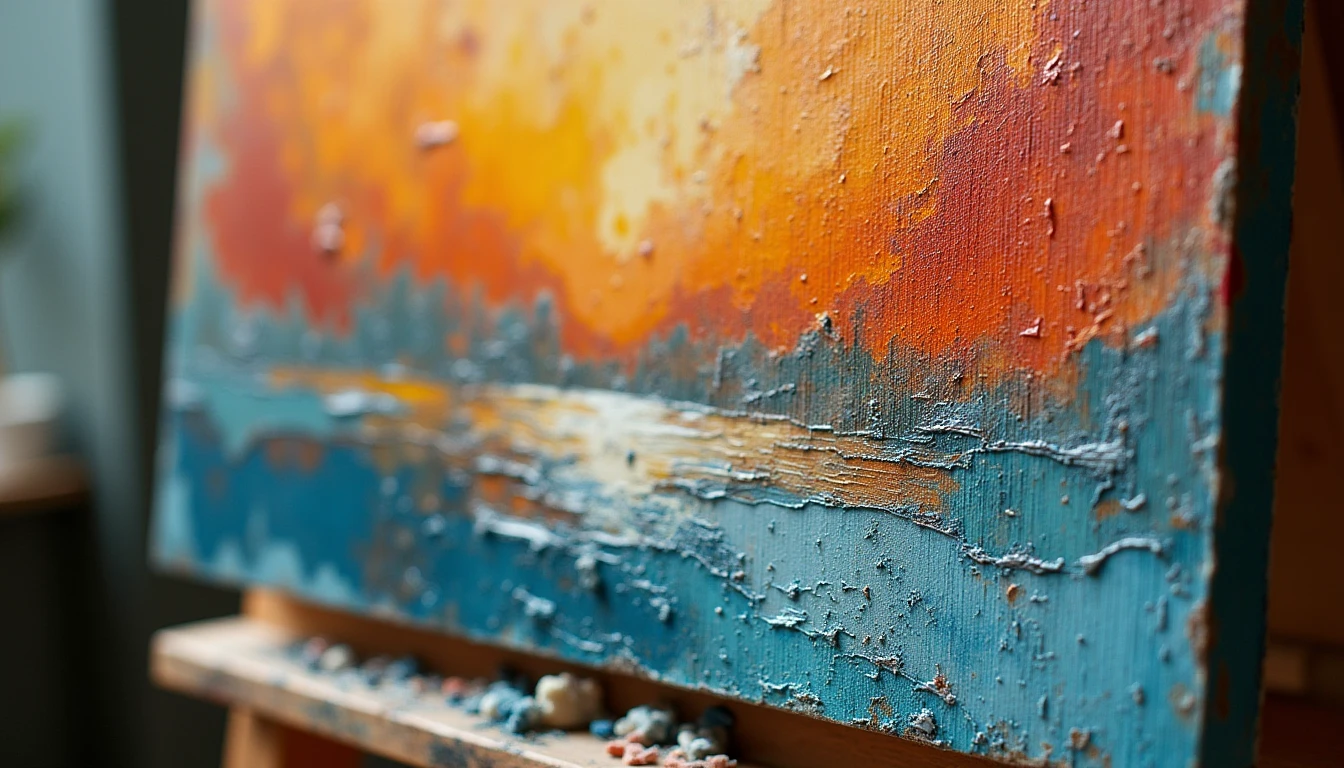Creativity is a fragile yet essential force in the realms of writing and art. For many, it’s the spark that ignites masterpieces, but for others, it can feel like an elusive flame struggling to catch fire. Whether you’re staring at a blank page or a canvas, creative blocks are a common adversary that can leave even the most seasoned practitioners feeling stuck. This article delves into the psychological and practical strategies to overcome these obstacles, offering insights from both personal experience and broader observations.
The Psychology of Creative Block
Creative block is often misunderstood as a lack of inspiration, but it’s more accurately rooted in the complexities of human psychology. When faced with the pressure to create, many writers and artists encounter self-doubt, fear of failure, or anxiety about living up to past successes. These mental barriers can paralyze even the most gifted individuals, turning what should be a source of joy into a daily struggle.
The brain’s tendency to overthink plays a significant role in creative stagnation. When we fixate on perfection—whether in craft, execution, or outcome—we risk stifling innovation. This fixation is often compounded by external pressures: deadlines, financial constraints, or the weight of expectations from others. The fear of not meeting these demands can lead to what psychologists refer to as “performance anxiety,” a state where self-consciousness becomes a barrier to free expression.
Moreover, creative block can be a manifestation of deeper emotional issues. Trauma, stress, or unresolved personal conflicts often surface in moments of vulnerability, such as when engaging in creative work. Artists and writers might find themselves unable to translate their inner turmoil into art because they’re unconsciously shielding themselves from pain.

Redefining Success: Embracing Imperfection
One of the most effective ways to combat creative block is by redefining what success means. For too long, many creators have been conditioned to measure their worth based on external validation—critical acclaim, financial success, or social media approval. This narrow definition of success can be suffocating, leaving little room for growth.
Instead of striving for perfection, consider embracing the process itself as a form of progress. Every piece you create is an opportunity to experiment, learn, and evolve. Even if your final product doesn’t meet your initial expectations, it’s valuable in its own right. The act of creation—whether it’s writing a draft, sketching a rough concept, or playing an instrument—is where growth happens.
This shift requires cultivating patience with yourself. Creative work isn’t linear; it’s nonlinear and unpredictable. There are days when words flow effortlessly, and days when they feel like molasses. By reframing your approach to prioritize effort over outcome, you can reduce the pressure that often leads to creative paralysis.
Overcoming External Influences
External factors play a significant role in shaping our creative processes. From societal expectations to personal relationships, the people and environments around us can either inspire or inhibit our progress. Recognizing these influences is the first step toward reclaiming control over your creative journey.
Negative feedback, whether from critics, peers, or even family members, can be particularly damaging. Constructive criticism has its place, but when it’s delivered with malice or without empathy, it can chip away at your confidence. Learning to filter this input is crucial. While you should always aim to grow as an artist or writer, not everyone’s opinion holds equal weight. Trust your instincts and surround yourself with supporters who uplift rather than belittle.
Burnout is another insidious external force that often goes unnoticed until it’s too late. When deadlines pile up, and creative energy wanes, it’s easy to push through without pause. But this approach can lead to resentment, exhaustion, and eventual shutdown. Taking regular breaks isn’t just about self-care; it’s a necessary part of the creative process. By stepping away from your work when needed, you allow yourself space to breathe—and perhaps return with renewed perspective.
Conclusion: The Journey Beyond Block
Overcoming creative blocks is not a one-time achievement but a continuous journey toward self-discovery and resilience. It requires acknowledging the mental and emotional challenges that come with creation while simultaneously nurturing the very qualities that make your work unique.
As you navigate these obstacles, remember that every creator has faced—or will face—a moment of stagnation. The key lies in how you respond to those moments. Instead of viewing them as dead ends, see them as opportunities for growth. A block can be a sign that you’re pushing beyond your comfort zone, stretching your creative muscles in ways that lead to new possibilities.
Ultimately, the act of creating is an expression of your individuality and passion. It’s through this process—flawed, messy, and unpredictable—that you find your voice and leave your mark on the world. So, when the next wave of doubt creeps in, remind yourself why you started down this path in the first place. The journey may be challenging, but it’s worth every step toward uncovering the artist or writer within.

